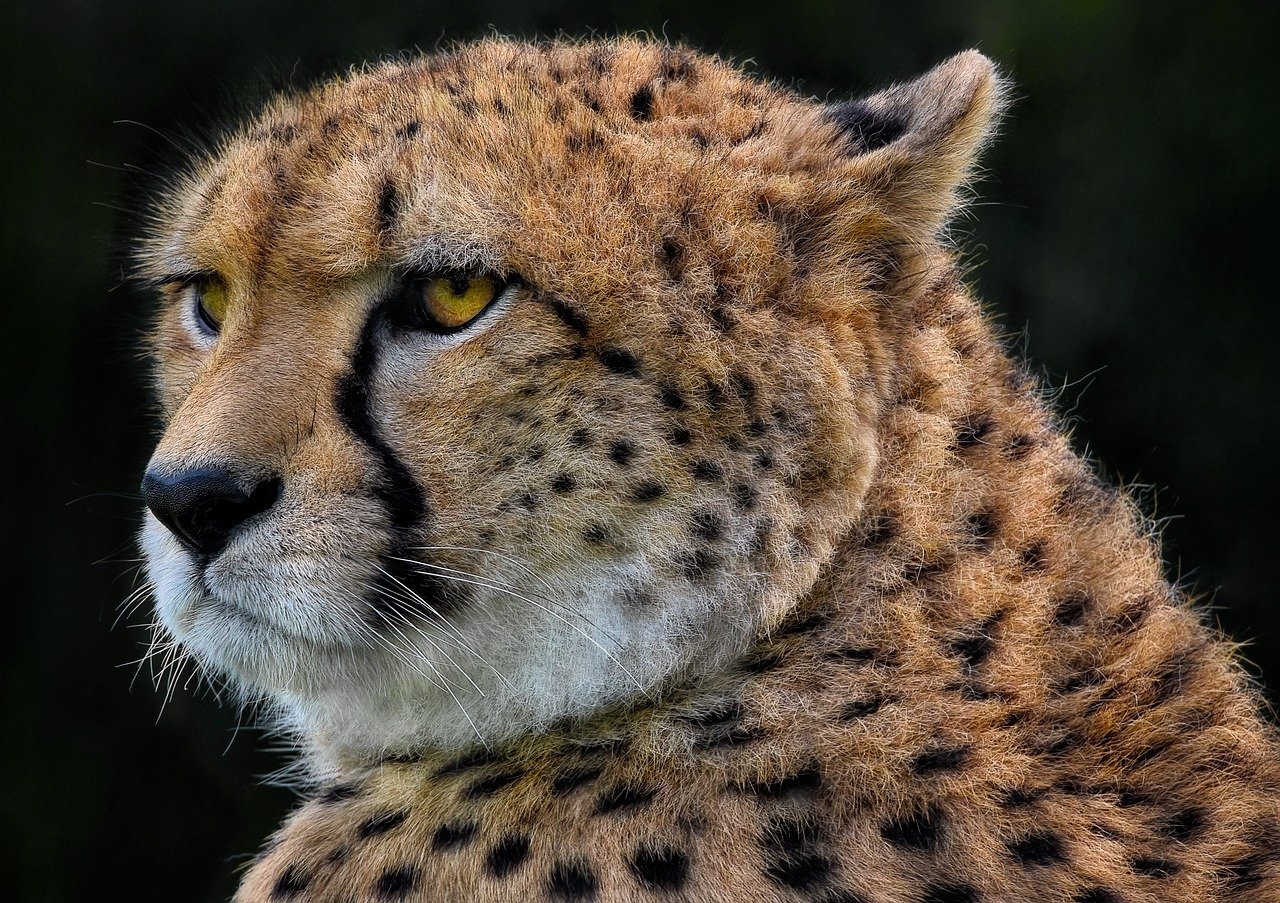India’s endeavor to reintroduce cheetahs through Project Cheetah marks a significant milestone in wildlife conservation. In a notable development, India has expressed interest in sourcing cheetahs from Kenya for the next phase of the project. A delegation from Kenya is scheduled to visit India to discuss the potential translocation, including the number of cheetahs that could be relocated.
The chosen site for this phase, Gandhi Sagar Wildlife Sanctuary in Madhya Pradesh, offers a promising habitat for cheetahs. The sanctuary’s rich biodiversity and established infrastructure make it an ideal location for such a conservation effort.
What is Project Cheetah?
Project Cheetah aims to reintroduce cheetahs into their historical habitat, enhance biodiversity, and establish a sustainable population. However, the project has faced challenges, including a high mortality rate among the translocated cheetahs. Learning from past experiences, India seeks to collaborate with Kenya to improve the success rate of future translocations.
Also Read – Nayab Saini: The New Chief Minister of Haryana
Gandhi Sagar Wildlife Sanctuary, established in 1974, is named after the Gandhi Sagar Dam and hosts a diverse range of flora and fauna. It provides a conducive environment for cheetahs, along with other species such as leopards, chital, sambar, and various bird species.
Cheetahs, with their unique adaptations and ecological role, play a crucial part in maintaining the balance of prey populations. However, their extinction in India in 1952 necessitated concerted efforts for their reintroduction and conservation.
International cooperation, as exemplified by India’s collaboration with Kenya, is essential for the success of such ambitious conservation projects. Together, through Project Cheetah, India, and Kenya strive to ensure the survival and flourishing of this magnificent species in its natural habitat.
